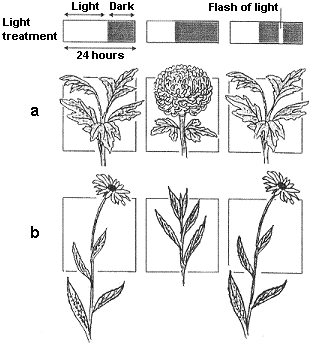According to the growth curve, rank the following phases in order from the earliest to the latest.
A. Stationary phase, exponential phase, lag phase, decline phase
B. Stationary phase, exponential phase, decline phase, lag phase
C. Lag phase, exponential phase, decline phase, stationary phase
D. Lag phase, exponential phase, stationary phase, decline phase
Ans: D. Lag phase, exponential phase, stationary phase, decline phase
You might also like to view...
Which of the following series is arranged in the correct sequence of occurrence during the fixation and subsequent use of nitrogen?
A. atmospheric nitrogen; bacterial nitrogenase; ammonia; conversion by plants or algae; synthesis of proteins B. atmospheric nitrogen; bacterial nitrogenase; conversion by plants or algae; ammonia; synthesis of proteins C. atmospheric nitrogen; ammonia; bacterial nitrogenase; conversion by plants or algae; synthesis of proteins D. atmospheric nitrogen; ammonia; bacterial nitrogenase; synthesis of proteins; conversion by plants or algae E. none of the other options displayed
Refer to Figure 38-2. The photoperiodic response of the plant in row a suggests:

a. a brief dark period is the light cue that induces flowering.
b. a brief daylight period is the light cue that induces flowering.
c. a long uninterrupted daylight period is the light cue that induces flowering.
d. a long uninterrupted dark period is the light cue that induces flowering.
e. Cannot be determined from the data provided.
Which category of disease classification is described as having more cases than expected in a given period of time?
A. pandemic B. epidemic C. opportunistic infection D. outbreak E. none of these
The property of a test to detect only a certain antibody or antigen, and not to react with any others, is
A) Specificity B) Sensitivity C) Precipitation D) Cross-reactions E) Agglutination